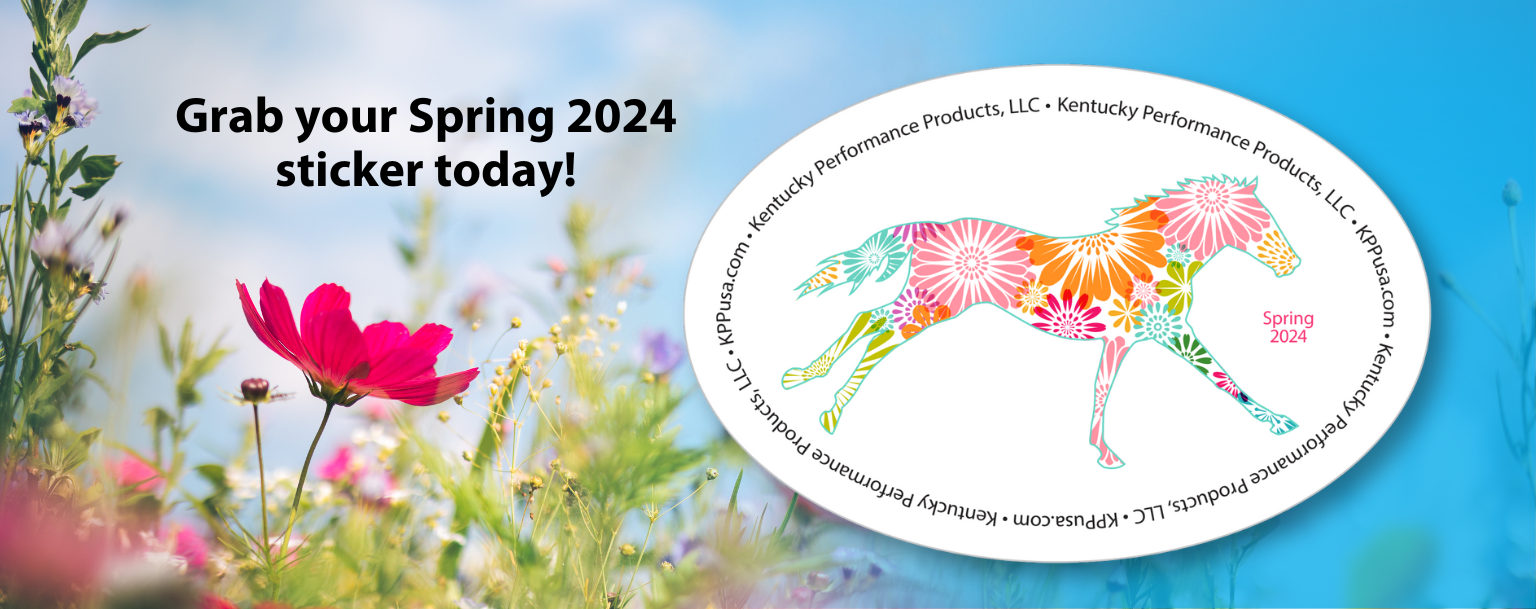
It’s on the Horse Feed Tag – Part 6
What can you learn from a list of ingredients?
All of the ingredients in a feed will be listed on the feed tag under the ingredients list. Ingredients are listed in descending order from the greatest amount to least amount. Typically you will find grains and/or fiber sources listed first, because they are included in larger amounts, followed by minerals and vitamins that are added in small quantities.
Look for ingredients that meet your horse’s needs.
If you are looking for a low-starch feed for your horse, the first few ingredients listed should be high-quality forages such as alfalfa, beet pulp or soybean hulls. Feeds with grains such as oats or corn appearing first on the ingredient list are often high in starch. If you are feeding a growing horse then you want to see a good source of protein on the ingredient list, such as soybeans. Most commercial feeds will also include a full list of vitamins and minerals. Know what minerals and vitamins your particular horse needs and be sure they are included.
The type of formula and quality of ingredients used to make a feed can be reflected in the ingredient list.
Feed manufacturers have the option of following two types of formulas when making feed: the least-cost formula or the fixed formula.
Feed manufacturers using fixed formulas are producing feeds with a combination of ingredients that rarely change. Feeds are consistent from bag to bag; formulas are created by nutritionists and reviewed periodically; ingredients are listed individually instead of under collective terms. Fixed formula feeds are usually more expensive to manufacture and tend to include higher quality ingredients. But never assume; always check the ingredients on the feed tag, because even fixed formula feeds can be made with low-quality ingredients or those that will not meet your horse’s particular needs.
Some ingredients are of a higher quality than others and will indicate a good quality feed.
Good quality fibers:
- Alfalfa
- Beet pulp
- Soybean hulls
Good sources of protein (high in lysine):
- Soybeans or soybean meal
- Canola meal
- Milk proteins
Good fat sources:
- Flaxseed or flax oil
- Stabilized rice bran
In a least-cost formula, the guaranteed analysis remains the same but the ingredients change constantly. When a least-cost formula is used, the ingredients in a feed change weekly (or even daily) so that the least expensive combination of ingredient is used to provide the nutrients specified in the guaranteed analysis. When least-cost formulas are used, the ingredients are listed as “collective terms” so that the manufacturer does not have to keep changing the feed tag.
Some common collective terms and the ingredients they include:
- Grain products: barley, corn, oats, rice, wheat, other grains
- Animal protein products: casein, dried skim milk, whey, fishmeal, meat meal
- Plant protein products: soybean meal, cottonseed meal, linseed meal, peanut meal, safflower meal, canola meal, sunflower meal, corn gluten meal
- Processed grain byproducts: brewers dried grains, distillers dried grains, corn gluten feed, wheat millings, rice, wheat bran
- Forage products: alfalfa meal, grass hay, oat straw
- Roughage products: oat hulls, rice hulls, peanut hulls, beet pulp
Source matters for vitamins and minerals, and the feed tag description gives you important clues.
The NRC (National Research Council) identifies the essential major minerals as calcium, phosphorus, magnesium, sodium, chloride, potassium, and sulfur. The essential trace minerals are iron, zinc, copper, selenium, manganese, iodine, and cobalt. Most fortified feeds will contain some mix of these minerals.
Some feed manufacturers will utilize chelated minerals because they are more easily digested and utilized by the horse. Chelated means the minerals are chemically attached to an amino acid to improve absorption. If chelated minerals are used, then the term “chelate” should be noted on the feed tag.
The NRC recommends vitamins A, D, E, and the B vitamins thiamin and riboflavin be provided to horses. Look for these vitamins on your ingredient list. For some vitamins, source matters a great deal. Vitamin E can be provided in a synthetic or a natural form. The synthetic form is petroleum-based and not absorbed well by the horse. The natural form of vitamin E is plant-based and much more bioavailable. Synthetic vitamin E is usually listed as either “vitamin E supplement” or “dl-alpha-tocopherol,” while natural vitamin E is always listed as “natural vitamin E” or “d-alpha-tocopherol.”
To learn more about vitamins, check out our KPP article “Does your horse need extra vitamins, maybe?”
Now you have a very good idea of what ingredients are in your feed and which nutrients they provide. Feeds are formulated to be fed at specific rates so that the horse consumes the appropriate nutrients. In the next part of our series we will investigate feeding directions: why you should follow them and what happens when you don’t.


